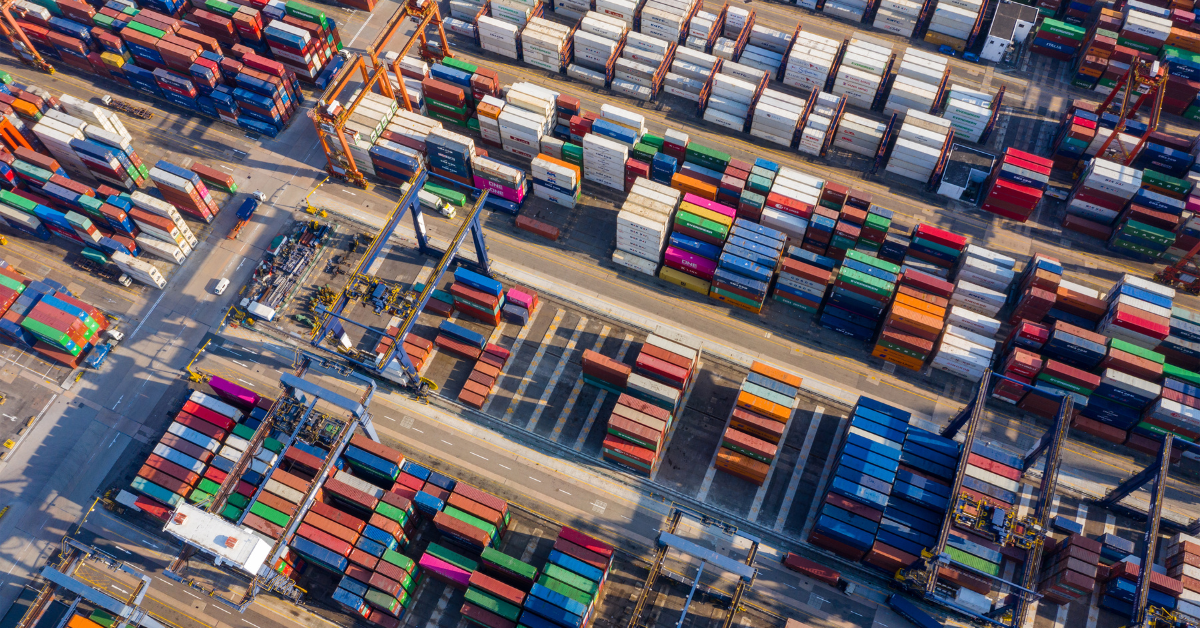With increasing production challenges, Australian manufacturers need to innovate to compete
After seemingly overcoming the worst of COVID-19’s impact on production, I’m sure you will agree that the last few months have been sobering for the economy and industry. Worldwide factory output fell for the first time since June 2020 – showing the impact of struggling supply chains and global political uncertainty (S&P Global, JP Morgan, May 2022).
And over the last few weeks, the news continued - with the unfolding energy crisis. Wholesale prices for electricity, gas and petroleum products soared to record or near record levels in June. The country found itself in the middle of one of its largest ever labour shortages, with ABS reporting more than 423,000 job vacancies and unemployment at a 48-year low. Interest rates increased and are expected to continue to rise as central banks worldwide seek to manage inflation amid concerns of a looming global recession.
At the same time, the COVID-19 pandemic has reduced Australian business focus on and investment in innovation. The Australian Bureau of Statistics reported that Australian businesses of all sizes have shifted focus away from innovation due to the COVID-19 pandemic, with nearly half not engaging in any innovation activity in the last two years. This downward trend in innovation has been seen more strongly in SMEs, which represent over 99% of Australian manufacturers.
This is despite what history tells us - companies that innovate in economically difficult times are more resilient and more buoyant, and therefore able to recover more strongly than their conservative counterparts.
Digital innovation, in particular, can make business more transparent and more efficient. Digital technologies create much more flexibility around product changes, volume changes, etc., as well as around supply chain shifts.
Globally, governments continue to recognise the need for increased automation and digital innovation to drive economic outcomes and global market competitiveness. Just this month, Europe followed up on its two-year, 240 million US funding for Horizon Europe with the New European Innovation Agenda. In addition to tax incentives and regulatory reforms to increase availability of equity for technology scale-ups, this initiative will see the establishment of the European Innovation Council Fund set to become the largest early-stage, deep tech investor in Europe: leveraging a budget of 10 billion Euros for the EIC to crowd in 30 to 50 billion Euros from private investors.
For other examples, refer:
- National Robotics Initiative (2.0): USA
- High Tech Strategy 2025: Germany
- Made in China 2025
- New Robot Strategy: Japan
- Intelligent Robot Development and Supply Promotion Act of Korea
Australia represents less than 1% of the world's technology economy. Whilst other industrial nations are strategically driving and investing in projects and capability. When it comes to industry, innovation and technology, Australia lacks a clear and comprehensive policy position, and stimulus packages have been fragmented. The current government is looking to put meat on the bones of their election commitment to tackle this shortfall. This is a timely opportunity for business leaders to advocate for and inform the policy and funding debate.
So, while the costs of running business rise and the need to maintain business continuity, labour productivity and profit margins are more crucial than ever, to be competitive, business leaders must weigh cutting costs, driving productivity, and implementing safety measures against supporting innovation-led opportunities for market advantage.
Effective business leaders, regardless of their portfolio, will have an eye to the evolving challenges and opportunities in national and global markets including,
- Net zero and renewable energy
- Localised supply and infrastructure needs,
- Building sovereign capability,
- Quality and
- Security.
Innovation will be key to harnessing these opportunities.
When it comes to digital innovation on the factory floor, most companies are currently focused on their physical assets. The categories of technologies that feature in the factory of the future will be familiar to most business leaders (https://www.cbinsights.com/research/future-factory-manufacturing-tech-trends/) However, the potential applications are evolving rapidly and as a result, customised solutions to production challenges are increasingly possible.
These physical assets appear on the balance sheets of many businesses. However, they are only a portion of the key digital innovations that are transforming industry globally. And it's what's not visible on the factory floor which may hold the greatest value and opportunity for Australian business - that is, the digital assets, particularly through harnessing technology trends in digital integrity (e.g., blockchain), digital supply chain, cyber security, and AI.
ARM Hub is well placed to help Australian business to access innovation and de-risk technology adoption. It is an independent, not-for-profit established to grow Australian manufacturing through accelerating the adoption of robotics, AI and related digital technologies. ARM Hub is unique in Australia, with Research Institute status and the ability to build teams from a network of over 50 Queensland University experts based on the needs of individual businesses.
.png?width=190&name=IPA%20Logo%20Transparent%20(Hi-Res).png)




